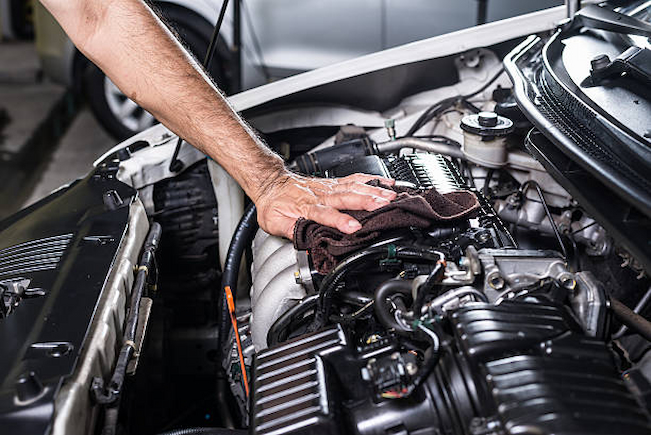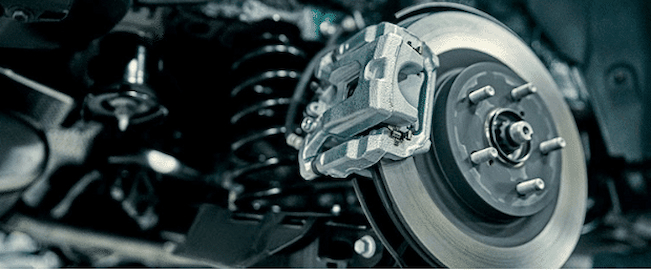When it comes to cars, most people fall into one of two camps: those who love tinkering under the hood and those who just want their vehicle to start every morning without any fuss. No matter which camp you belong to, understanding car parts and how they work can save you time, money, and frustration.
Whether you’re dealing with routine maintenance, unexpected repairs, or thinking about upgrading a few components, knowing the basics of car parts is crucial. Let’s take a look at some of the key components that keep your vehicle running smoothly and what you should know about them.
The Heart of the Machine – The Engine

The engine is the core of any vehicle. It converts fuel into mechanical power, making everything else function. Engines come in various shapes and sizes—inline, V-shaped, and flat configurations, to name a few. The number of cylinders (typically four, six, or eight) determines the engine’s power output and efficiency.
Key components inside the engine include:
- Pistons – Move up and down inside the cylinders to generate power.
- Crankshaft – Converts the pistons’ up-and-down motion into rotational force.
- Camshaft – Controls the opening and closing of the intake and exhaust valves.
If your engine isn’t running smoothly—rough idling, misfiring, or poor fuel economy—it could be time to check your spark plugs, air filters, or fuel injectors. Routine oil changes also keep the engine lubricated and prevent premature wear and tear.
Keeping Things Cool – The Cooling System
Engines generate a lot of heat, and without a proper cooling system, they would overheat in no time. The cooling system consists of a radiator, water pump, thermostat, and coolant hoses.
If your temperature gauge starts creeping up or you notice coolant leaks, it’s a sign that something in the cooling system needs attention. A common issue is a worn-out thermostat or a leak in the radiator hoses, which can lead to overheating and expensive repairs.
Powering Up – The Battery and Electrical System
Ever turned the key in your ignition and been met with silence? That’s usually a sign of a dead battery. The battery provides the electrical power needed to start your engine and run the electronics in your car.
Other key components in the electrical system include:
- Alternator – Charges the battery and powers electrical systems while the engine is running.
- Starter Motor – Turns the engine over when you start the car.
- Fuses and Relays – Protect electrical circuits from overloads.
A weak battery can lead to dim headlights, slow engine cranking, or malfunctioning electronics. If your car struggles to start, it might be time for a battery test or replacement.
Staying in Control – The Suspension System
Your car’s suspension is responsible for providing a smooth ride and keeping you in control. It includes:
- Shock Absorbers and Struts – Dampen vibrations and bumps from the road.
- Springs – Support the weight of the vehicle and absorb shocks.
- Control Arms and Bushings – Keep the wheels aligned with the chassis.
If your car feels bouncy, pulls to one side, or makes clunking noises over bumps, it might be time to check your suspension components. Worn-out shocks and struts can make handling unpredictable and unsafe.
Stopping Power – The Braking System

Brakes are arguably the most critical safety feature of any vehicle. The braking system consists of:
- Brake Pads and Rotors – The pads press against the rotors to slow the car down.
- Brake Calipers – Hold and control the movement of the brake pads.
- Brake Fluid and Lines – Transfers force from the pedal to the brakes.
Squeaking or grinding noises, a soft brake pedal, or longer stopping distances are signs that your brakes need attention. Keeping up with brake maintenance can prevent costly repairs and, more importantly, keep you safe.
The Link Between You and the Road – The Tyres and Wheels
Tyres and wheels are your car’s direct connection to the road, making them crucial for safety, performance, and comfort. Important things to check include:
- Tread Depth – Bald tyres reduce grip and increase stopping distances.
- Tyre Pressure – Underinflated or overinflated tyres can affect handling and fuel efficiency.
- Wheel Alignment and Balance – Misaligned wheels cause uneven tyre wear and poor handling.
Rotating your tyres every 10,000 km and checking your pressure regularly can help extend their lifespan and keep your ride smooth.
Final Thoughts
Understanding how your car’s parts work and knowing what to look out for can save you a lot of trouble down the road. Even if you’re not a mechanic, keeping up with regular maintenance and recognising early signs of trouble can prevent small issues from turning into big, expensive problems.
Next time something feels off with your ride, don’t ignore it. A little knowledge about car parts goes a long way in keeping your vehicle running smoothly for years to come.
























